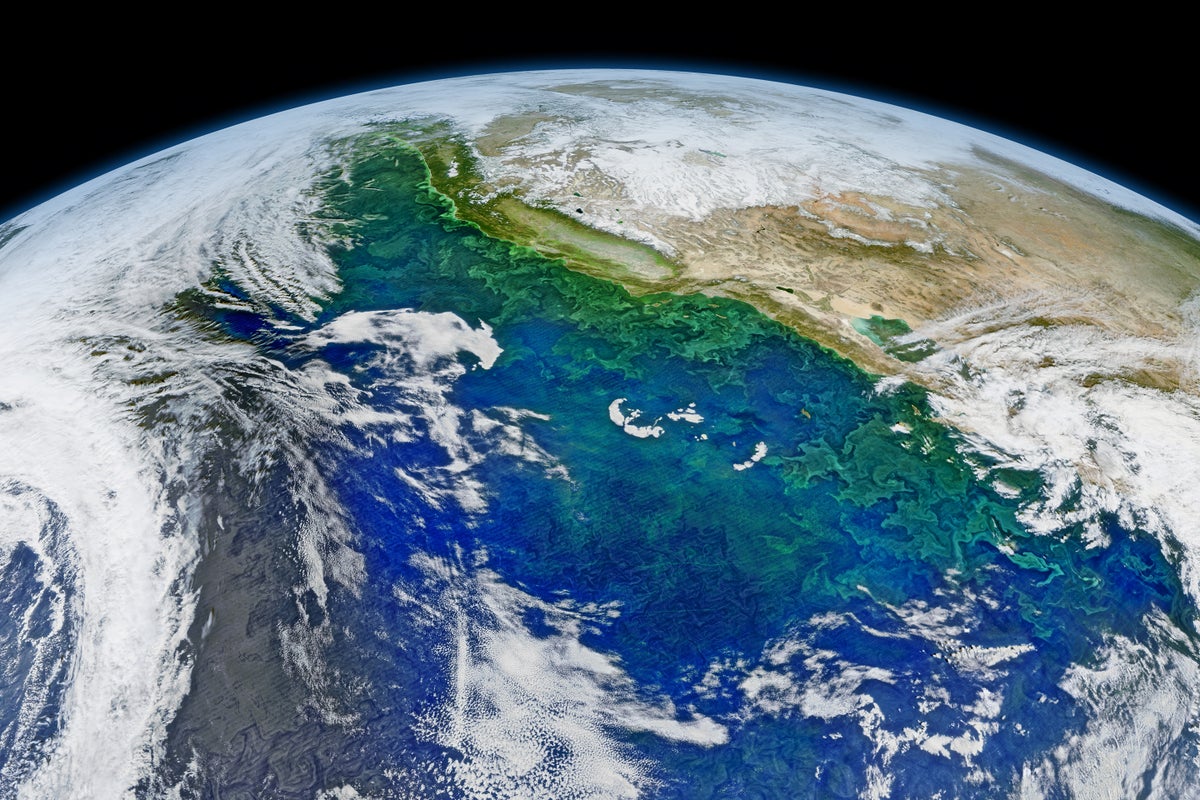A research consortium plans to revive geoengineering trials of the controversial iron fertilization technique to pull carbon dioxide from the air, despite public backlash
Scientists plan to seed part of the Pacific Ocean with iron to trigger a surface bloom of phytoplankton that will hopefully suck carbon dioxide out of the air, reviving field trials of a geoengineering technique that has been taboo for more than a decade.
Effects could be varied and wide-ranging.
In a 2009 experiment in the southwest Atlantic Ocean by German and Indian scientists, larger zooplankton ate the smaller phytoplankton—and little carbon actually reached the deep sea.
In an experiment that was conducted in 2006 in the northeastern Pacific by researchers in the U.S. and Canada, toxic phytoplankton species flourished. This has raised fears that fertilization could create “dead zones” where rampant algal blooms would consume all the oxygen in the water, snuffing out other life.
Phytoplankton blooms could also consume nutrients such as phosphorus and nitrogen that then wouldn’t be available for organisms elsewhere, a phenomenon known as “nutrient robbing.”
In addition, scientists still know little about the deep-ocean ecosystems where the carbon is supposed to be stored. “Most likely [iron fertilization] will affect something that we don’t really understand yet."



I haven’t heard anything super compelling to be afraid of it. You’re more willing to play with fire when your house already burned down.